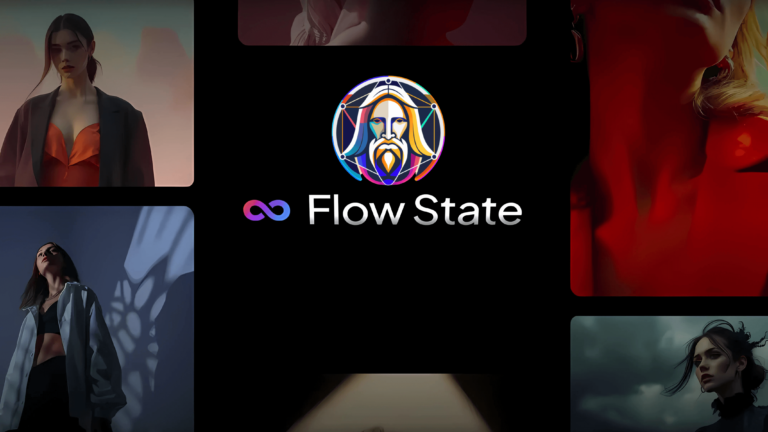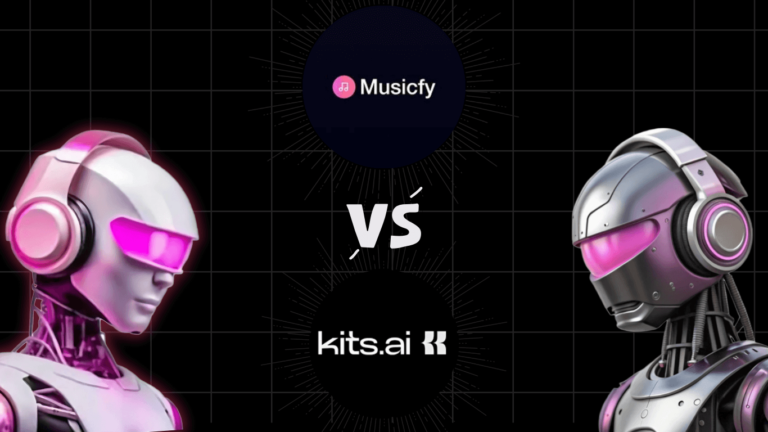Artificial intelligence is altering the creative landscape, mainly in image generation. Two of the most popular AI image generators are ‘Flux’ and ‘Midjourney’. Among so many, which one is the ultimate winner in the race of Flux vs Midjourney?
Here, we go in-depth into the features, capabilities, and user experiences of the two tools to see what AI image generator dominates.
What Are AI Image Generators?
Let’s look at what AI image generators are and what kind of magic they do before we compare Flux and Midjourney.
An artificial intelligence-based computer program for generating images, Flux uses machine learning algorithms to create images based on textual prompts from the user. These tools analyze patterns of huge datasets of images and their corresponding textual descriptions for creating original visual content. This innovation has made its way for artists, designers, and marketers to open the doors of quality visuals with half the time taken to accomplish through manual creation.
Introduction to Flux:

Key Features of Flux
– User-Friendly Interface: Flux is capable of generating an intuitive interface which makes even the least technical users very capable of creating wonderful pictures.
– Customised Parameters: The users can fine-tune certain parameters such as style, color, and mood to create an entirely customized image generation experience.
– Fast Processing: What mainly characterizes Flux is rapid image generation, which means it’s fast, so users can generate several iterations of their ideas pretty fast.
– Collaborative Tools: It sustains the thought of collaboration and teamwork to do projects efficiently without a hitch.
Advantages and Disadvantages of Flux:
| Pros | Cons |
| Intuitive UI | Few advanced features |
| Fast image generation | Sometimes lacking depth in detail |
Introduction to Midjourney:

Features of Midjourney
It points out such arts as pivoting on artistic styles and individual aesthetics: This makes Midjourney very popular in the world of digital artists and hobbyists who need inspiration.
– High visual outputs: The outputs of Midjourney are mostly visually good with plenty of complexity in various images.
– Community-engaged: Midjourney has a large community where users share their work, get feedback, and even collaborate on different works and ideas.
– Regular updates: Much as in anything, the models and features keep undergoing upgrades due to the constant feedback from the user community.
Advantages and Disadvantages of Midjourney
| Pros | Cons |
| Jaw-dropping artistic outputs | Steeper learning curve. |
| High community engagement | Resource-intensive |
| Regular updates and development | Low customization capabilities |
Flux vs Midjourney: Feature Comparison

Flux and Midjourney are two services that give one endless possibilities. Taking into account some of the main features will help in deciding which one is better for you. Here is a comparison table that lists the strengths and weaknesses of both services.
| Feature | Flux | Midjourney |
| User Interface | Intuitive and simple | More complex, artistic focus |
| Image Quality | Image Quality | High-quality, detailed images |
| Customization Options | Highly customizable | High-quality, detailed images |
| Community | Good, many collaborative tools available | Good, many collaborative tools are available |
| Learning Curve | Easy to learn | Tends to require some practice. |
Which One is Right for You?
Consider Your Needs
Choose one between Flux and Midjourney based on your needs and use cases. Here’s how to go about making your decision:
– Use Flux if
– You are just learning or have simple tech expertise.
– You need a fast and very user-friendly interface.
– Important to work with others easily in a team.
– Use Midjourney if:
– You are an artist who requires individual and artistic outputs.
– You don’t have any hesitations to spend time mastering the application.
– You seek an energetic community for inspiration and feedback.
Case Studies
Both of these tools appeal to almost any kind of sector. Here’s how they can be implemented in real-life scenarios:
– Marketing and Advertising: Simply produce some instant images for advertisements or social media updates.
– Content Generation: Blog or content creation can also be included in the functions of these tools since they enable a person to add unique images to their articles.
– Art and Graphic Design: Art designers can use AI-generated visuals as inspiration for creating new styles and concepts and then carrying out the work based on such visuals.
User Experiences
Flux User Feedback
Users often rave about Flux for how easy it is to use and for how fast the generations turn up with images. Lots appreciate the collaboration pieces for teams. Others, however, have complained that the outputs are good but don’t always have the fine detail that is found on other platforms.
Customer Feedback about Midjourney
Regular users often praise the outstanding artistic quality of the images. Many appreciate the proactive nature of this community, while some new users may be overwhelmed by the steep learning curve. Still, most times, the great outcome pays off the difficulties.
Conclusion: The Verdict
In the battle for AI image generators, Flux and Midjourney compete with different strengths for different audiences. Flux is easy to use and very fast, making it best suited for beginners or teams. It’s a wonderful tool for being an ‘entry-level’ platform but still amazing for professionals. Midjourney impresses artists with its beautiful outputs and community approach.
The final decision is going to depend on your particular needs, expertise, and purpose for which you’re doing it. Knowing which of these tools do what will better enable you to make a well-rounded decision for the AI image generator to use along your creative journey.




